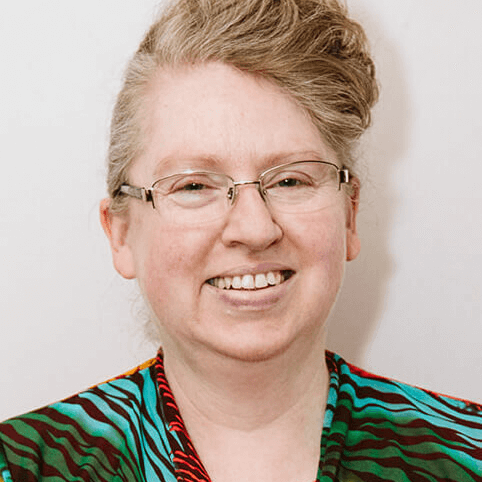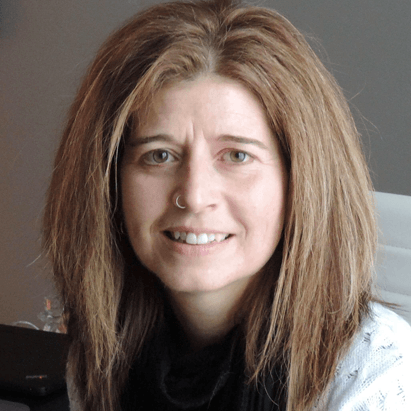Blended learning at Concordia
Blended (or Hybrid) learning has been growing in popularity at Concordia in recent years. This course format, characterized by a reduction in in-person time in favour of out-of-class work, can take on many different approaches and structures. Below are some examples of how Concordia faculty are implementing Blended learning at Concordia.

Liane Grant
Part-time Faculty, Translation
In Liane's course, there were four main modules that covered the three broad topics of the course and a final application module. For each module, the students worked online for 2-3 weeks then met in person for the last class of the module as a consolidation of the topics and for an assessment activity. During the weeks online, students had lectures and/or readings along with application activities to practice their skills for which she provided detailed feedback.

Patti Ranahan
Associate Professor, Applied Human Sciences
Patti leveraged the flexibility of blended learning to teach a cross-listed course that had both graduate and undergraduate students. She was able to differentiate instruction between the two groups more easily online while also giving students the level of instruction that they needed. She met students face-to-face the first few weeks of the term to build social connections then she met them for the first class of each module. Students participated in a variety of online activities for the remainder of the modules, which inlcuded group activities, lectures and recorded video presentations.

Anthony Noce
Lecturer, Economics
Anthony was able to design the course over time using a blended learning approach so that students can fully benefit from putting economic theory into practice. Students learn through authentic, real-world processes including critical thinking, problem solving, effective communication, and decision making. The weeks alternate between face-to-face synchronous classes and out-of-class, asynchronous activities. These include recorded lectures, discussion, research, independent and group-based writing of briefing notes. Assessment is based on participation (class attendance, quality of comments during class discussions), three briefing notes (2 individual and 1 group), and three class tests.